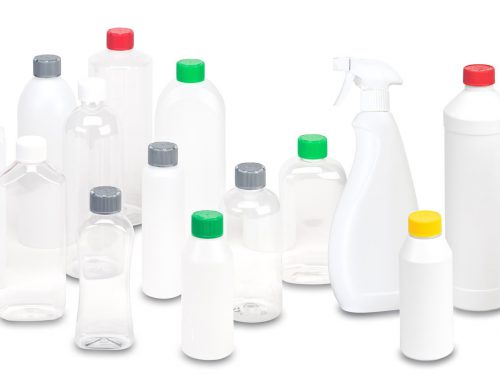LINDNER SPRÜHSYSTEME PROVIDES ITS CUSTOMERS SUPPORT IN TESTING & DEVELOPING OF PACKAGING FOR DANGEROUS GOODS
Items or substances that may pose a danger to people or the environment are referred to as “dangerous goods”. Dangerous goods packaging must, therefore, meet particularly high requirements for those goods to be safely stored and shipped onshore, by sea or by air. LINDNER SPRÜHSYSTEME GmbH offers UN approved plastic packaging for dangerous goods.
STRINGENT REQUIREMENTS FOR DANGEROUS GOODS PACKAGING
When shipping dangerous goods onshore, by sea or by air, the top priority is ensuring the safety of people, animals and the environment. The packaging used for dangerous goods must, therefore, meet particularly high standards. According to the UN Dangerous Goods Regulations plastic packaging for dangerous goods must withstand falls, squashing and exposure to aggressive chemicals. In addition, UN approved dangerous goods packaging has to meet impermeability requirements as well as display certain properties under high and low temperature conditions.
Dangerous goods are divided into three packaging groups I, II and III. Accordingly, dangerous goods packaging also falls into the three groups X, Y, and Z. Which packaging is approved for which dangerous goods is determined by a special testing procedure that is carried out by an authorized testing agency. Since 1991 the Federal Institute for Materials Research and Testing (or in German: Bundesanstalt für Materialforschung und -prüfung, abbreviated as BAM) has been carrying out UN certification of dangerous goods packaging.
If after a profound testing by the BAM a dangerous goods packaging fulfils the requirements it receives a UN approval number and a certificate of approval that can be used to establish material compatibility, for example. The UN certificate of approval contains all relevant information and is internationally recognised.
CUSTOMER PACKAGING SOLUTIONS FROM LINDNER SPRÜHSYSTEME
LINDNER SPRÜHSYSTEME GmbH offers, among other things, UN approved plastic packaging for dangerous goods. The company also provides support to its customers in developing and testing of dangerous goods packaging.
Developing customer solutions, LINDNER SPRÜHSYSTEME takes into consideration both customer’s requirements for dangerous goods packaging and the UN Dangerous Goods Regulations. The manufactured packaging must then be tested and certified by the BAM. A packaging has to be certified as a whole (e.g. as a combination of a bottle and a closure).
For more information on UN approved dangerous goods packaging from LINDNER SPRÜHSYSTEME please visit: https://www.lindner-kunststoffprodukte.de/en/products/un-packaging-for-dangerous-goods/
(From the Pressebox by Sarah Blakowski, 26 November 2019)



